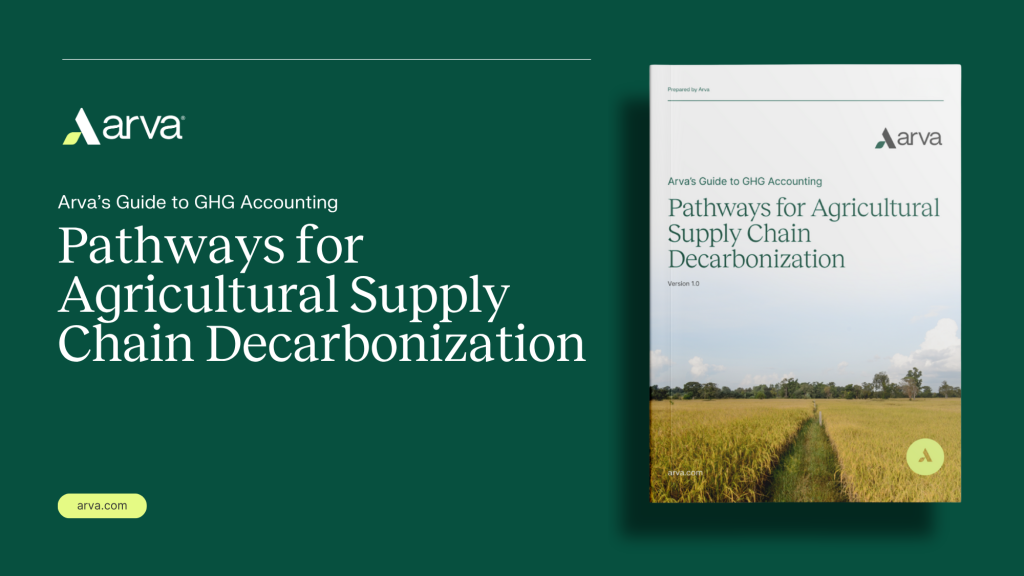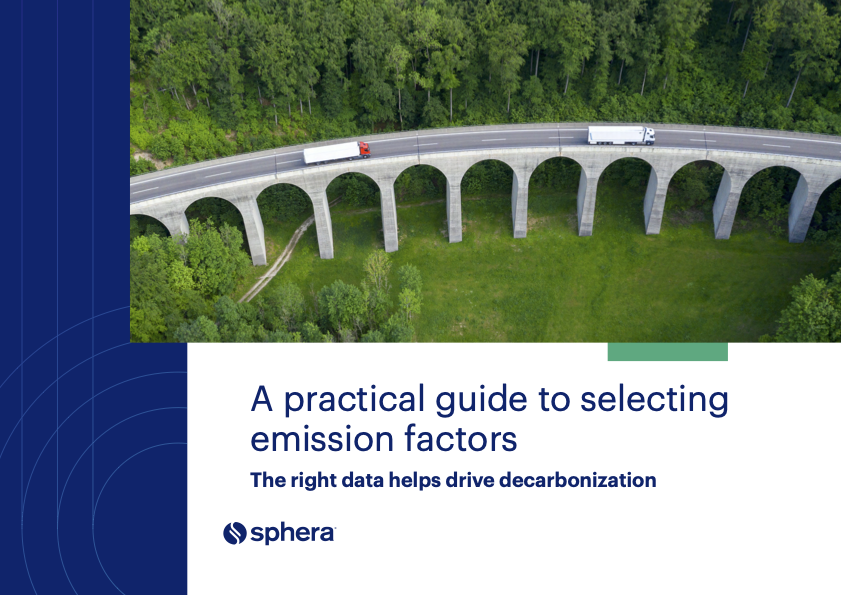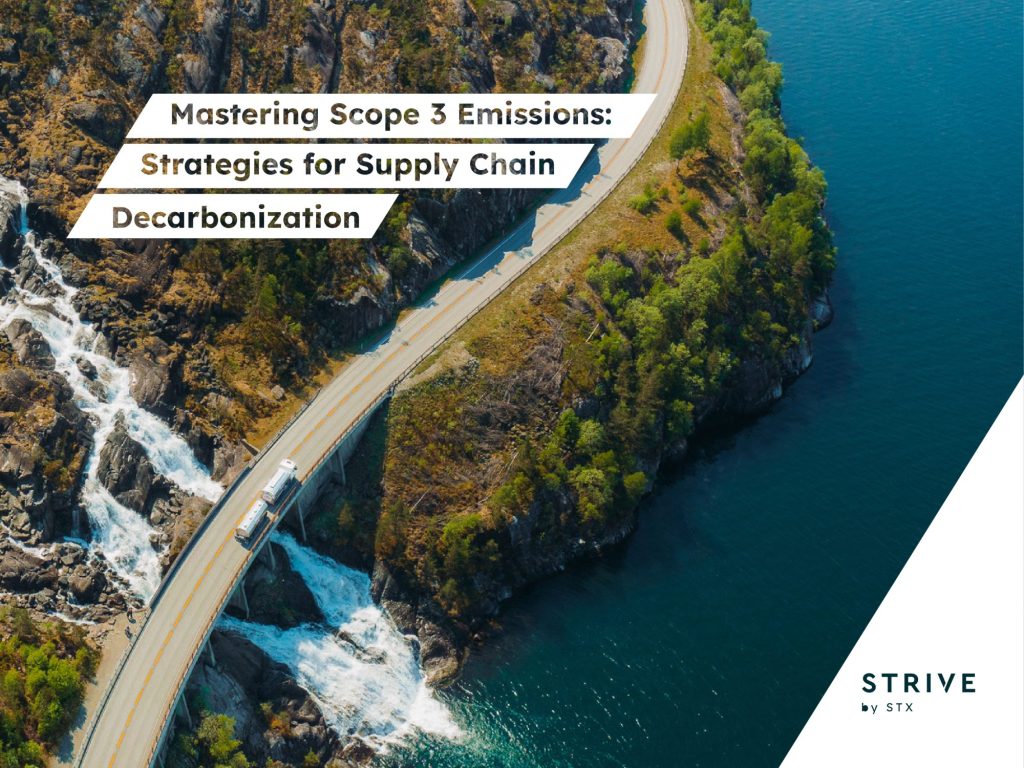Global Fashion Agenda report says brands must act faster in climate fight
Innovation, funding and courage are among the top priorities, according to the key industry group's latest report for CEOs. Read More

- The “Fashion CEO Agenda 2025” says the industry has no time left for incremental progress and must align with the Paris Agreement to avoid severe climate and financial risks.
- It offers 5 priorities: safe workplaces, fair wages, resource stewardship, smarter materials and circular systems. It also described 5 ways to accelerate action on these.
- Brands can take practical steps such as disclosing suppliers, advancing science-based progress and committing to living wages, the report urged.
Only several years remain to stave off catastrophic climate tipping points, according to Global Fashion Agenda (GFA). In a new report, “Fashion CEO Agenda,” the high-profile nonprofit urges executives to take specific short- and long-term steps to align their businesses with the Paris Agreement.
“The cost of not acting on sustainability is greater than the investment needed to address it,” Federica Marchionni, CEO of Copenhagen-based GFA, stated in the report. “Indeed, inaction exposes companies to serious financial losses and reputational harm.”
Released Sept. 25, the report nonetheless found “glimmers of hope,” including the rise of circular business models such as resale, efforts to recirculate textile waste and improvements in workplace equity.
“Fashion must not treat sustainability as a siloed function,” said Marchionni, who previously served as CEO of Lands End and president of Dolce and Gabbana. “It must be placed at the core of how we define success and create value — for society, the environment and the economy. With smart innovation, investment, incentives and regulation, it is possible for profit and conscientious purpose to coexist.”
GFA membership includes scores of brands, with strategic partners such as H&M, Bestseller, Kering, Nike, Ralph Lauren and Target. LVMH Moët Hennessy Louis Vuitton joined on Sept. 22. Other partners include Puma, Lenzing and Zalando. Nonprofits involved include the Apparel Impact Institute, Textile Exchange and the Ellen MacArthur Foundation.
5 foundational priorities
Two years ago, Global Fashion Agenda set the following priorities for sustainability:
Respectful and secure work environments: Supply chain transparency is a responsibility of brands, and along with that comes the support of worker freedoms and protections. Companies should also help to retrain employees as automation changes their work.
Better wage systems: A living wage, collective bargaining support and closing gender pay gaps are among the efforts that brands should plan and share.
Resource stewardship: Companies must set science-based targets to slash climate emissions across all scopes. This includes removing fossil fuels from supply chains as well as preventing freshwater pollution from microfibers and manufacturing chemicals.
Smart material choices: Every fiber in fashion should derive from preferable sources by 2030. These include recycled, regenerative or deforestation-free sources. Investing in next-generation materials now is key.
Circular systems: The industry must design out waste and foster circular materials and business models.
5 ‘priority accelerators’
In addition to the above, the recent report outlined five characteristics that cut across the above priorities to make meaningful, short-term change:
Innovation: Companies should support resale, repair and other circular business models and fund technology R&D. This includes providing help for textile-to-textile recycling and technologies to improve material sorting.
Capital: Industry leaders must “de-risk innovation” and fill in funding gaps to bring new solutions to market. Circularity, clean energy, new materials and AI tools all need support.
Courage: The broader industry will play follow-the-leader if leaders step up to champion sustainability. “Whether reshaping norms around gender equity or circular design, climate action and beyond, these defiant leaders effectively break down barriers and build bridges,” the report authors wrote.
Incentives: Use “carrots” to drive progress. For businesses, the return on investment for efficiency measures can sweeten the business case for driving down energy emissions. On the retail side, incentives such as coupons can motivate consumers to send in used goods for resale.
Regulation: Businesses must promote policies that will transform the industry, such as those that include countries within supply chains.
Practical, short-term actions to take now:
As for how to execute on its recommendations, the report described immediate, practical steps for brands and retailers to take now such as:
- Disclose suppliers openly across all tiers of manufacturing and logistics.
- Fix purchasing practices to support fair contracts.
- Ensure that workers have trusted channels to express grievances.
- Commit to living wages and expand collective bargaining.
- Set science-based emission targets and decarbonize supply chains.
- Manage water use and treatment responsibly in high-risk areas
- Reduce microfiber shedding through design and monitoring.
- Shift all key materials to regenerative, recycled or deforestation-free sources.
- Design out overproduction and grow circular revenue streams.
- Safeguard workers by retraining them in new skills, and planning for a “just transition” to a low-carbon economy.

Subscribe to Trellis Briefing
Featured Reports

The Premier Event for Sustainable Business Leaders
















